Home>Interior Design>5 Living Room Layout Mistakes To Avoid: What To Do Instead
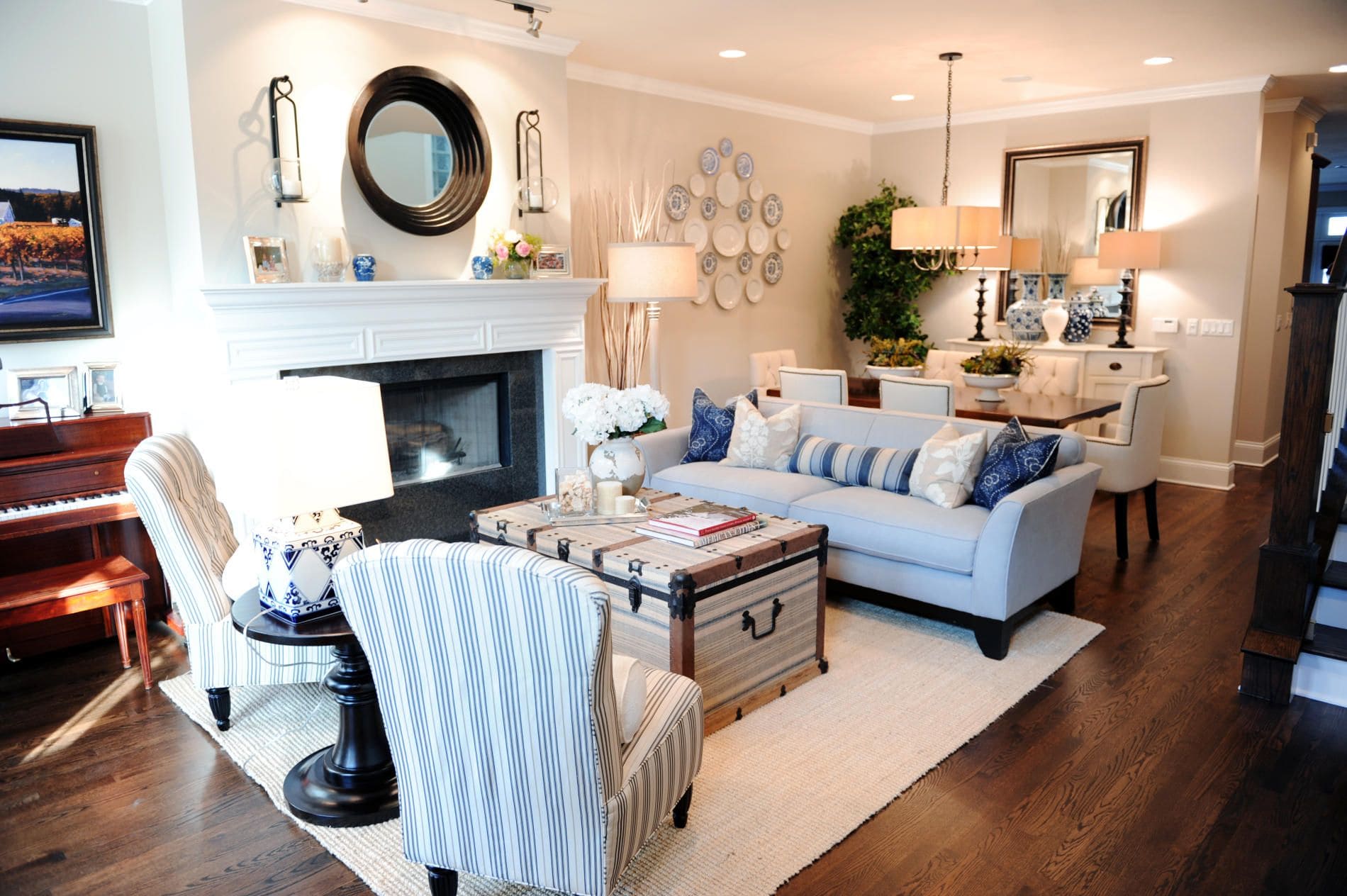

Interior Design
5 Living Room Layout Mistakes To Avoid: What To Do Instead
Modified: December 7, 2023
Avoid these 5 common living room layout mistakes and discover expert tips on interior design to create a stunning space that maximizes style and functionality.
(Many of the links in this article redirect to a specific reviewed product. Your purchase of these products through affiliate links helps to generate commission for Storables.com, at no extra cost. Learn more)
Introduction
Welcome to the world of interior design, where each room is a blank canvas awaiting transformation into a space of beauty and functionality. Among the many rooms in a home, the living room holds a special place. It is where we entertain guests, spend quality time with our loved ones, and unwind after a long day. As such, it is crucial to create a living room layout that not only reflects your personal style but also prioritizes comfort and practicality.
However, even the most well-intentioned design choices can sometimes result in less-than-ideal living room layouts. In this article, we will discuss five common mistakes that homeowners make in designing their living rooms and provide alternative solutions that will help you avoid these pitfalls. Whether you are starting from scratch or looking to revamp your existing space, these tips will guide you towards creating a living room layout that is both visually stunning and functional.
Key Takeaways:
- Avoid living room layout mistakes by prioritizing a clear focal point, ample seating, well-planned furniture placement, layered lighting, and smooth traffic flow. Create a visually stunning and functional space that reflects your personal style and enhances your lifestyle.
- Transform your living room into a well-designed and inviting space by implementing alternative solutions to common layout mistakes. Carefully plan and consider each element to create a comfortable and welcoming environment for you and your guests to enjoy.
Mistake #1: Neglecting the Focal Point
One of the most common mistakes in living room design is neglecting to establish a clear focal point. A focal point is a designated area or object that draws attention and becomes the visual centerpiece of the room. Without a focal point, the space can feel disjointed and lack a sense of purpose.
So, what makes a good focal point? It can be anything from a stunning fireplace, a large piece of artwork, a beautiful view through a window, or even a well-designed entertainment center. The key is to choose something that anchors the room and serves as a point of interest.
Avoid the mistake of neglecting the focal point by identifying a focal point and designing the room around it. Position the furniture in such a way that it highlights and complements the focal point. For example, if you have a fireplace as your focal point, arrange the seating to face the fireplace. This will create a cozy and inviting atmosphere, making the fireplace the star of the show.
Remember, the focal point should dictate the layout and flow of the room. By giving it the attention it deserves, you can create a visually appealing living room that feels cohesive and well-designed.
Mistake #2: Insufficient Seating Arrangements
A common error in living room layouts is not providing enough seating for the intended use of the space. Whether you enjoy hosting social gatherings or simply want a comfortable area for relaxation, having inadequate seating arrangements can leave your guests feeling uncomfortable and limit the functionality of the room.
To avoid this mistake, consider the size of your space and the number of people you wish to accommodate. Start by incorporating a variety of seating options, such as sofas, armchairs, and ottomans. This will allow for flexibility in seating arrangements and cater to different preferences and comfort levels.
Additionally, pay attention to the layout of the furniture. Avoid placing all the seating against the walls, as this can create a disconnected and awkward atmosphere. Instead, try creating conversation areas by arranging the furniture in a U-shape or L-shape, with the focal point as the centerpiece.
Utilizing space-saving furniture, like modular sofas or chairs with hidden storage compartments, can also be beneficial in optimizing seating in smaller living rooms. These clever designs provide functionality without compromising on style.
Remember, the goal is to create a space that is inviting and encourages social interaction. Ample and well-planned seating arrangements are key in achieving this, making your living room a comfortable and welcoming environment for both you and your guests.
Mistake #3: Poor Furniture Placement
The placement of furniture plays a crucial role in the overall design and functionality of a living room. Unfortunately, many homeowners make the mistake of haphazardly arranging their furniture, resulting in a space that feels cluttered, unbalanced, or awkward.
To avoid this mistake, start by carefully measuring your living room and mapping out the floor plan. This will help you visualize the space and determine the ideal placement for your furniture. Consider the flow of traffic, the location of windows and doors, and any architectural features that may impact the arrangement.
One important rule of thumb is to leave enough space for easy movement and to create clear pathways throughout the room. Avoid blocking walkways or placing furniture too close together, as this can impede the flow and make the space feel cramped.
Another aspect to consider is the scale and proportion of the furniture. Oversized furniture in a small living room can make the space feel crowded, while too-small furniture in a large room can leave it feeling empty and unfinished. Strive for a balanced arrangement that suits the size of your room, allowing for comfortable seating and an open and airy feel.
Lastly, don’t be afraid to experiment with different furniture placement options. Consider angling the furniture to add interest and create a more dynamic layout. And remember, it’s not just about functionality – furniture placement can also enhance the visual appeal of your living room, so take the time to find the perfect arrangement that suits your style and complements the overall design.
When arranging furniture, avoid pushing everything against the walls. Instead, create a more intimate and inviting space by pulling furniture away from the walls and creating conversation areas.
Mistake #4: Improper Lighting
Lighting is a key element in any living room design, yet it is often overlooked or given inadequate attention. Poor lighting can negatively impact the ambiance and functionality of the space, making it less inviting and less usable.
To avoid this mistake, it’s important to create a layered lighting scheme that incorporates various types of lighting. Start with ambient lighting, which provides overall illumination for the room. This can be achieved through ceiling fixtures, recessed lighting, or track lighting. The goal is to ensure that the room is evenly lit, without any dark corners or shadows.
In addition to ambient lighting, include task lighting for specific activities such as reading or working. Table lamps, floor lamps, or adjustable wall sconces can be great options for providing focused light in the areas where it is needed most.
Finally, don’t forget about accent lighting, which adds depth and visual interest to the room. This can be achieved through the use of wall-mounted picture lights, uplights to highlight artwork, or even decorative string lights. Accent lighting creates a cozy and inviting atmosphere, perfect for creating a relaxing ambiance in the evening.
Remember to consider natural light as well. If your living room has windows, make the most of them by keeping them uncovered or using sheer curtains to let in as much natural light as possible. Natural light not only brightens up the space but also offers a connection to the outdoors and a sense of openness.
By incorporating a well-planned lighting scheme that covers all aspects – ambient, task, and accent lighting – you can create a living room that is not only visually appealing but also functional and comfortable, no matter the time of day.
Mistake #5: Ignoring Traffic Flow
One often overlooked aspect of living room design is the traffic flow within the space. Traffic flow refers to the pathways people take as they move through the room, and it is essential to consider this when arranging furniture and creating a functional layout. Ignoring traffic flow can result in a living room that feels cramped, cluttered, and difficult to navigate.
To avoid this mistake, start by identifying the main entrance and exit points of the room. These are typically the doors that lead to other areas of the house or the main hallway. Ensure that these pathways are clear and unobstructed, allowing for easy movement in and out of the room.
Next, consider the flow within the room itself. Think about how people will move throughout the space and arrange the furniture accordingly. Avoid placing large pieces of furniture or decorative items in the middle of these pathways, as they can create obstacles and hinder the movement in the room.
Arrange your furniture in a way that allows for a natural flow of traffic. Leave enough space between pieces to allow for comfortable passage and consider creating “zones” within the room to define different areas of activity.
Additionally, consider the placement of area rugs in relation to the furniture. Rugs should be properly sized and positioned to define seating or conversation areas while still allowing for easy movement around the room.
By paying attention to traffic flow, you can create a living room that feels open, spacious, and easy to navigate. This will greatly enhance the functionality and usability of the space, ensuring that it serves its purpose as a comfortable and welcoming gathering place.
Conclusion
Designing a living room layout that is both visually appealing and functional requires careful consideration of various factors. By avoiding common mistakes such as neglecting the focal point, insufficient seating arrangements, poor furniture placement, improper lighting, and ignoring traffic flow, you can create a space that truly reflects your personal style and enhances your lifestyle.
Remember to establish a clear focal point that anchors the room and guides the layout. Incorporate ample and well-planned seating arrangements that cater to different needs and preferences. Take the time to carefully place and arrange your furniture in a way that enhances the flow and balance of the space.
Lighting is a vital element in any living room design, so be sure to create a layered lighting scheme that includes ambient, task, and accent lighting. Lastly, pay attention to the traffic flow within the room and ensure that there are clear pathways for easy movement.
By avoiding these common mistakes and implementing alternative solutions, you can transform your living room into a well-designed and inviting space that meets your needs and exceeds your expectations. Take the time to carefully plan and consider each element, and you will create a living room that you and your guests will love to spend time in.
Frequently Asked Questions about 5 Living Room Layout Mistakes To Avoid: What To Do Instead
Was this page helpful?
At Storables.com, we guarantee accurate and reliable information. Our content, validated by Expert Board Contributors, is crafted following stringent Editorial Policies. We're committed to providing you with well-researched, expert-backed insights for all your informational needs.

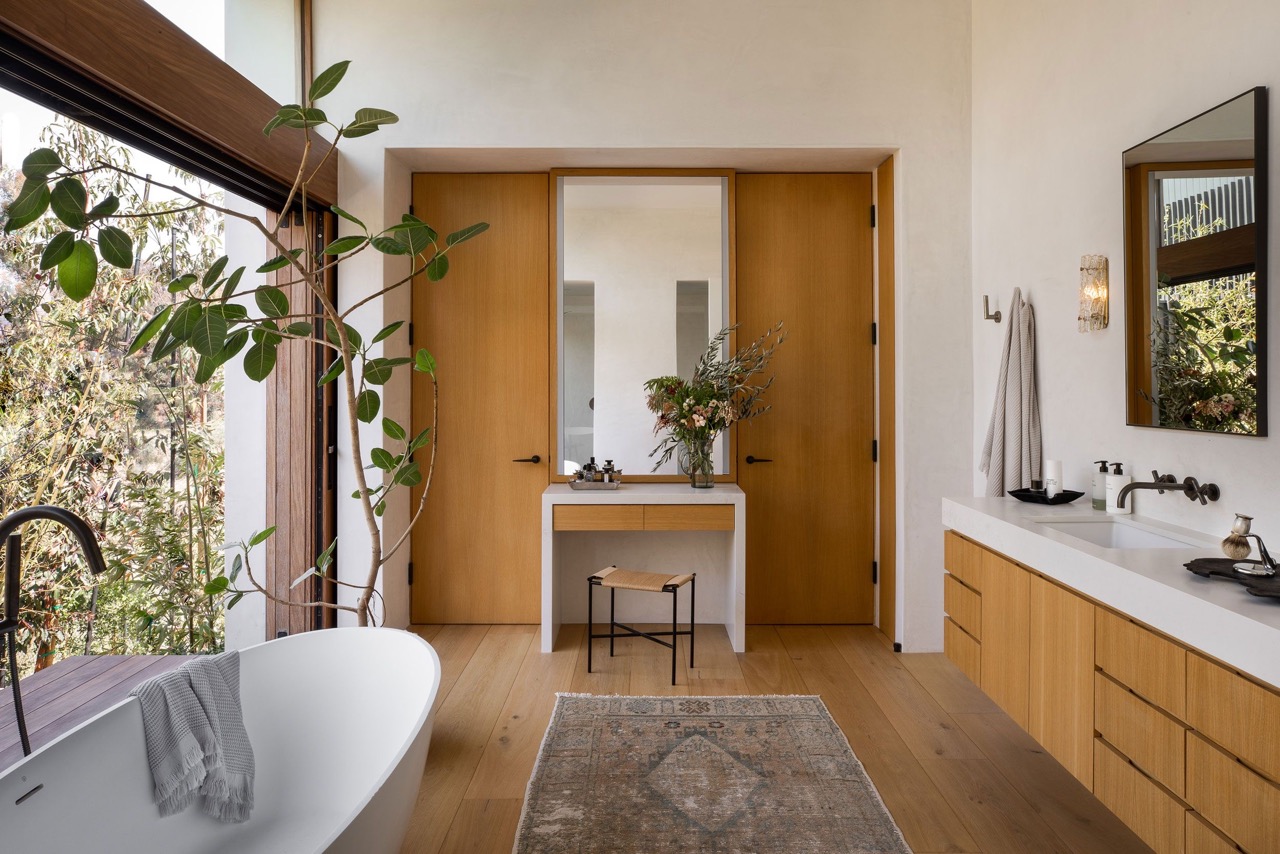
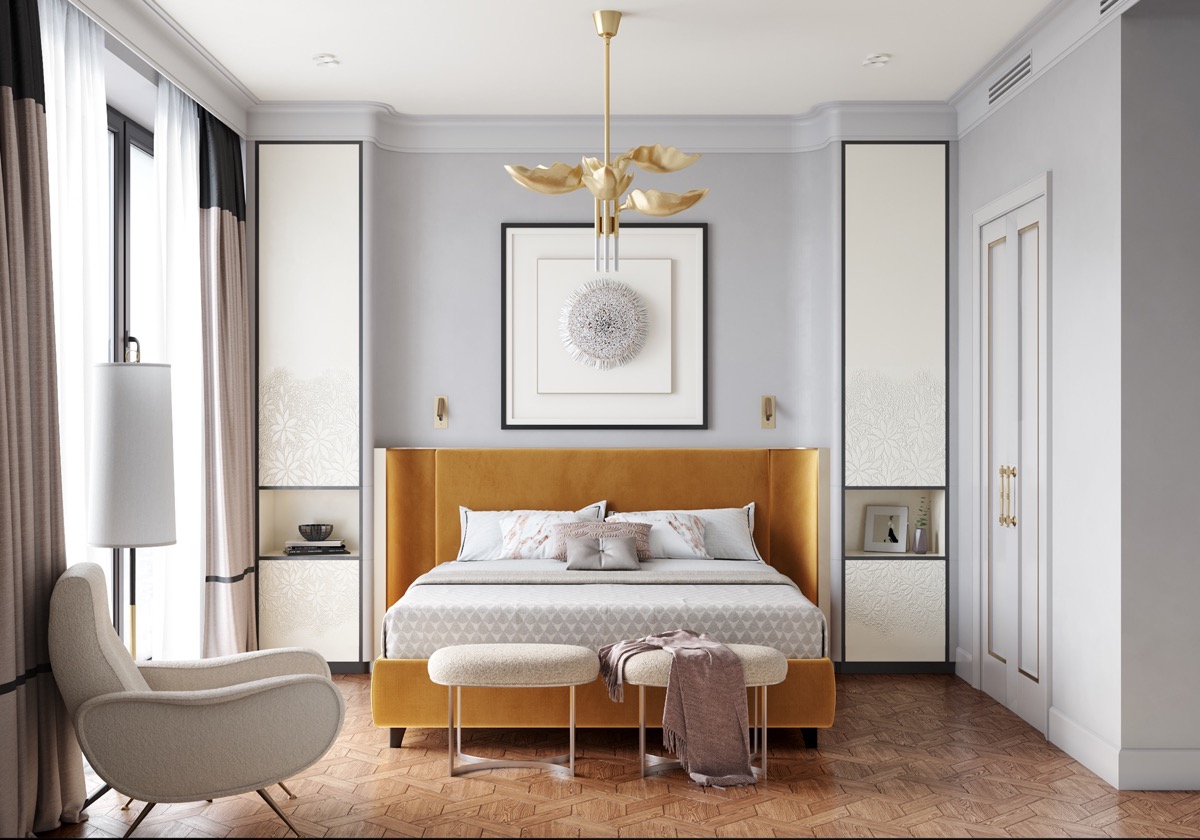
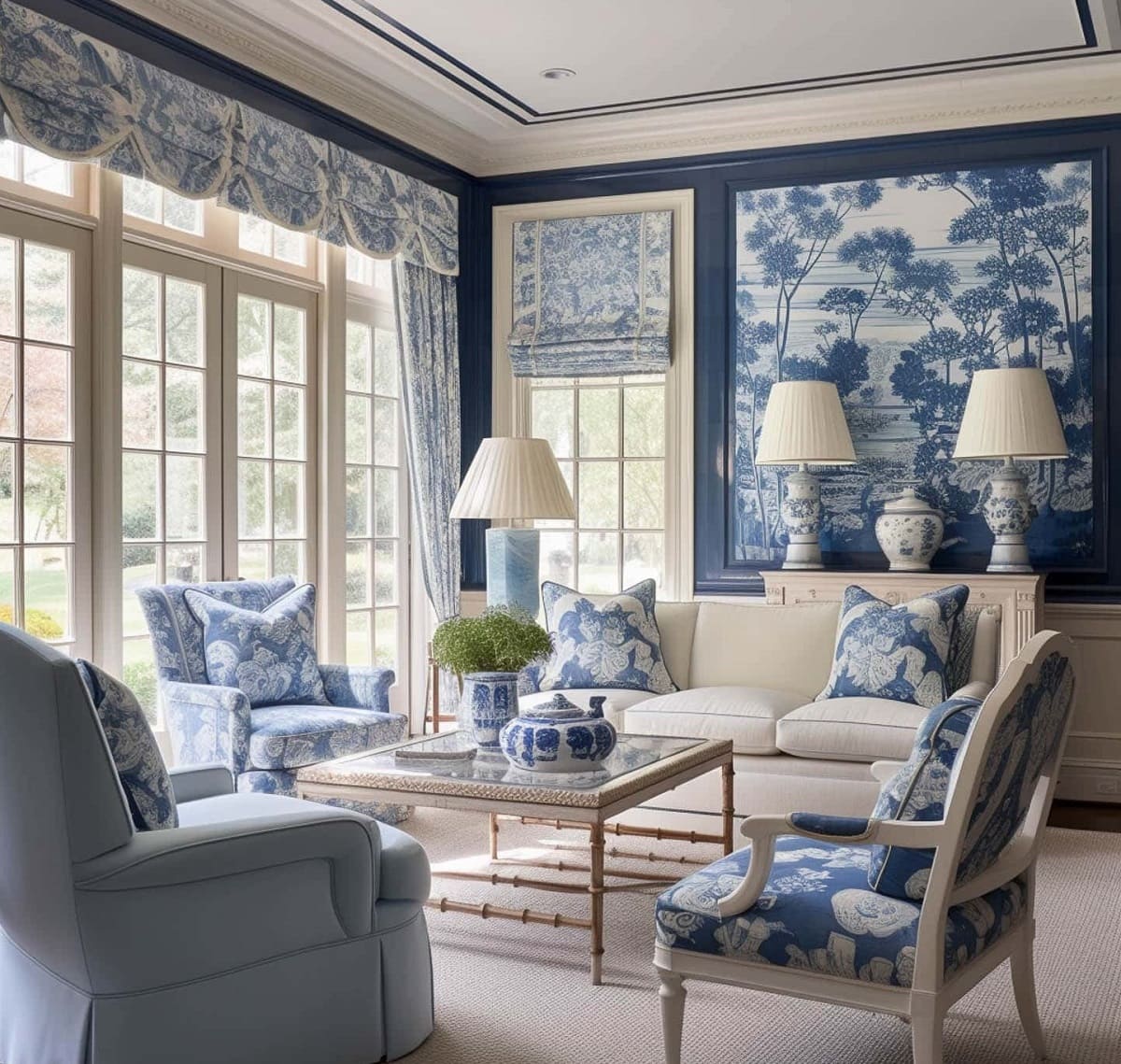
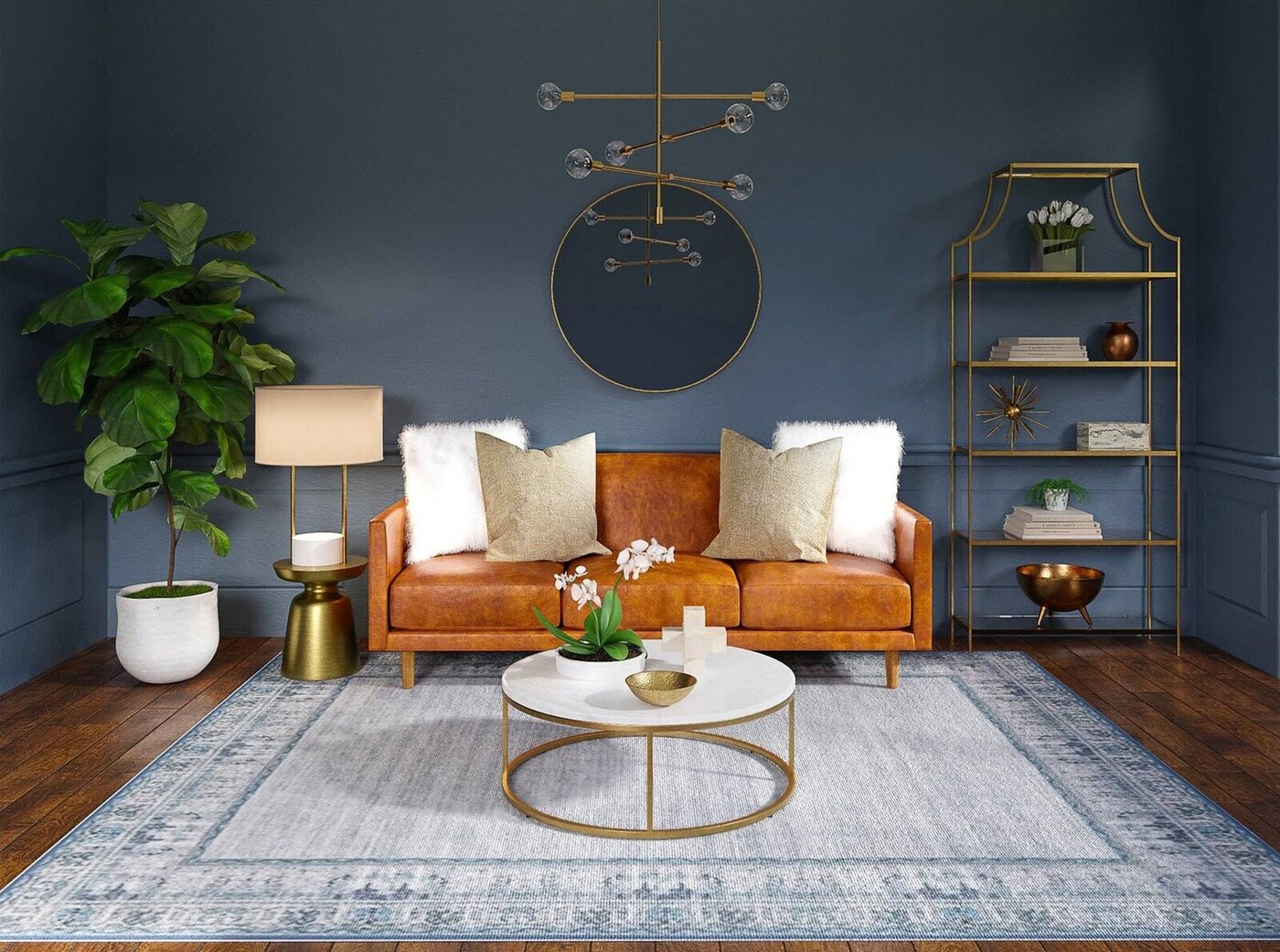
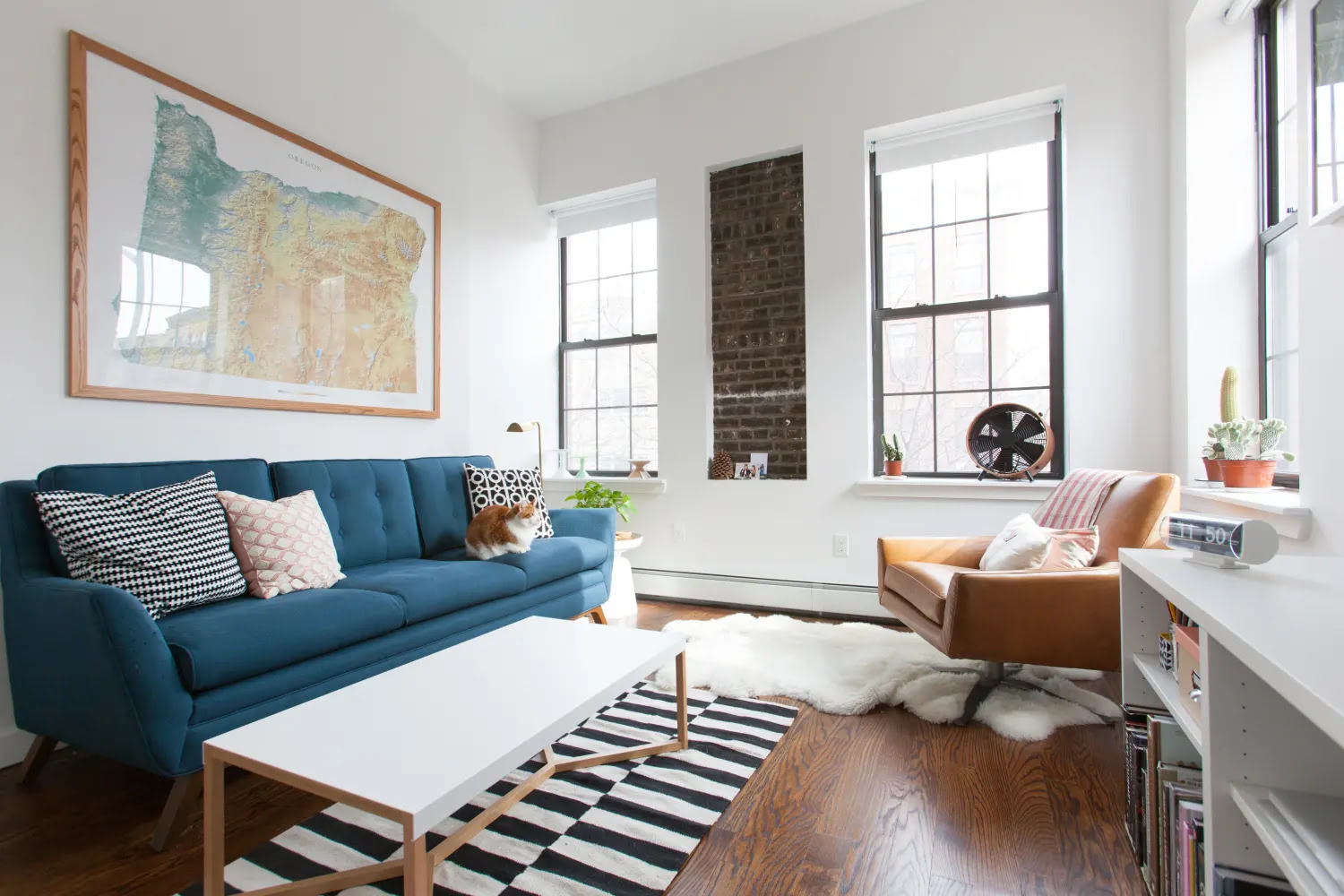
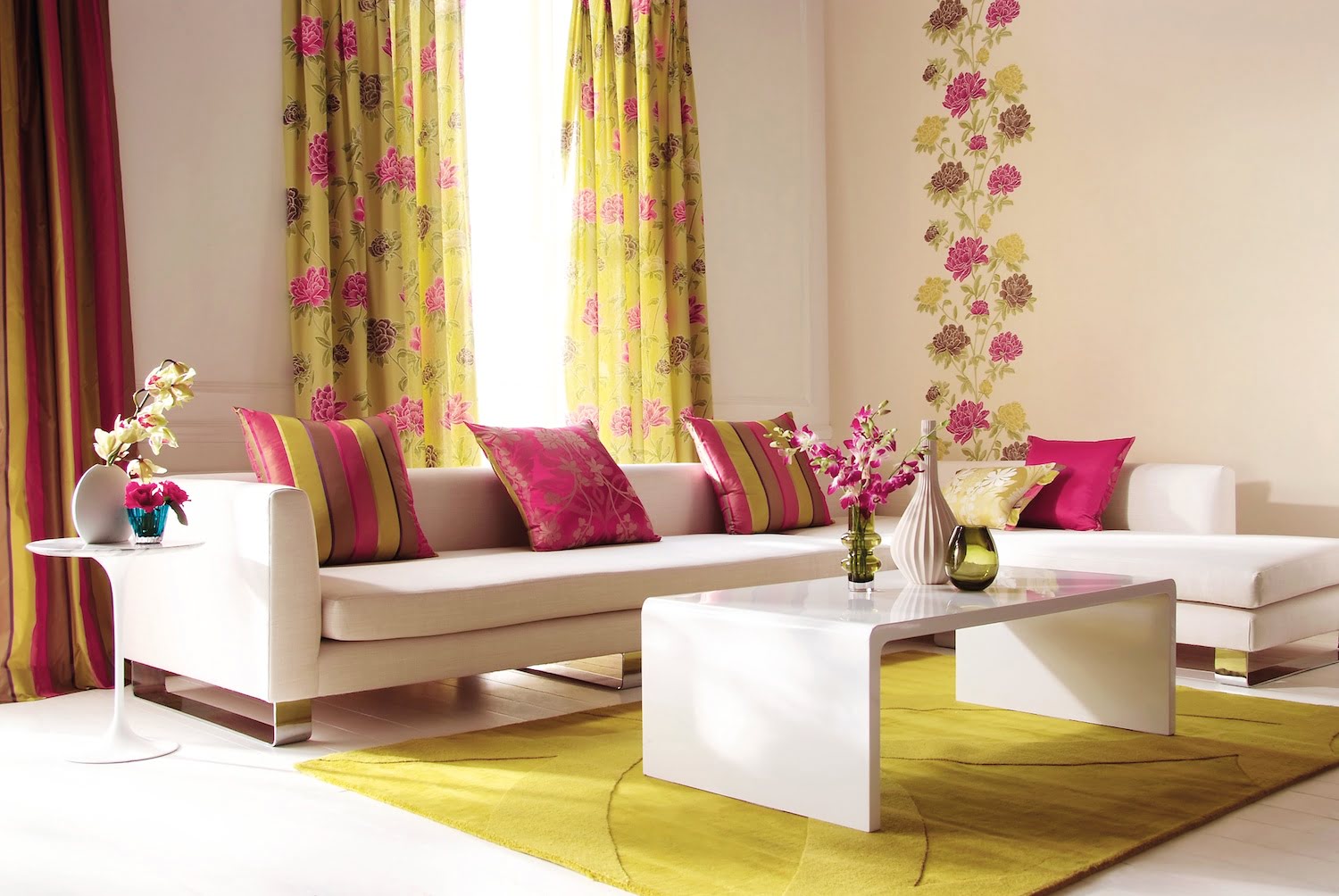
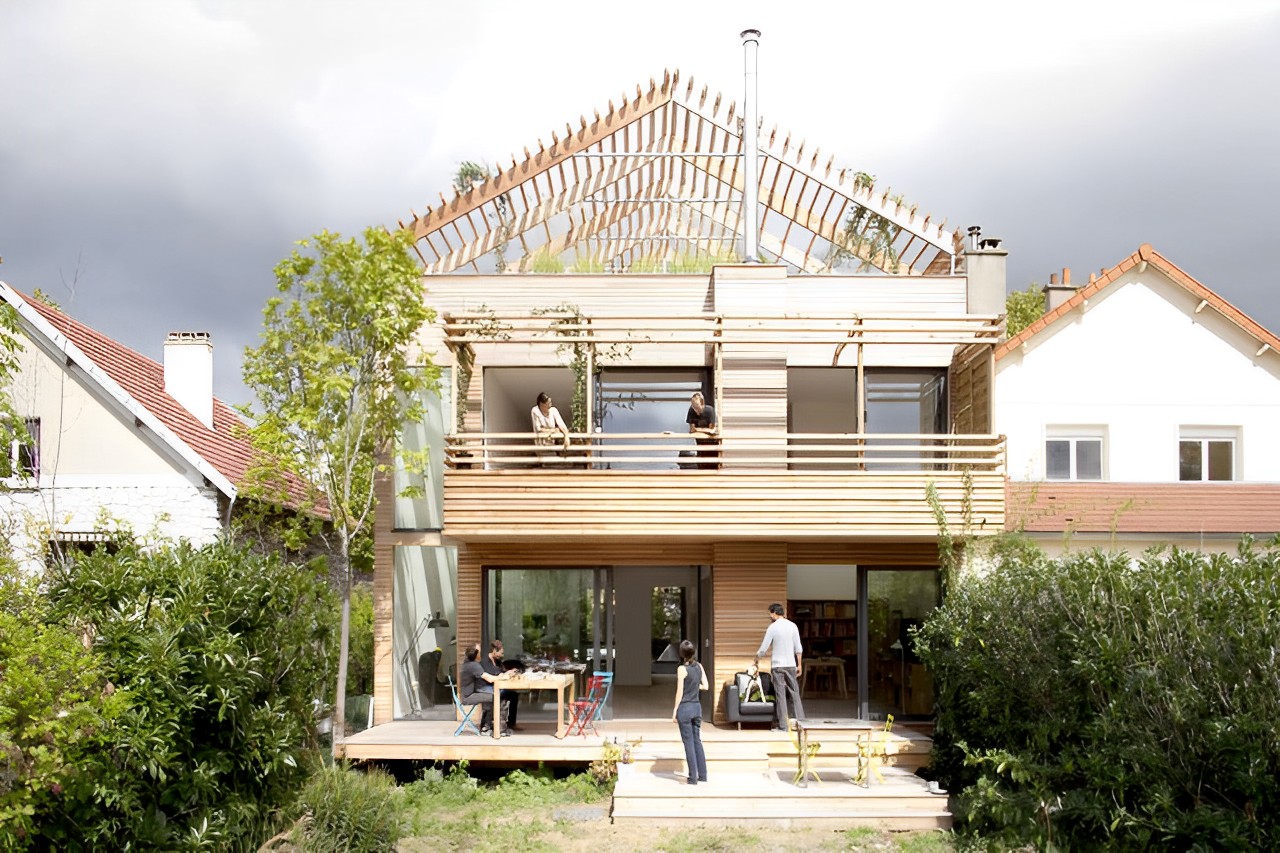
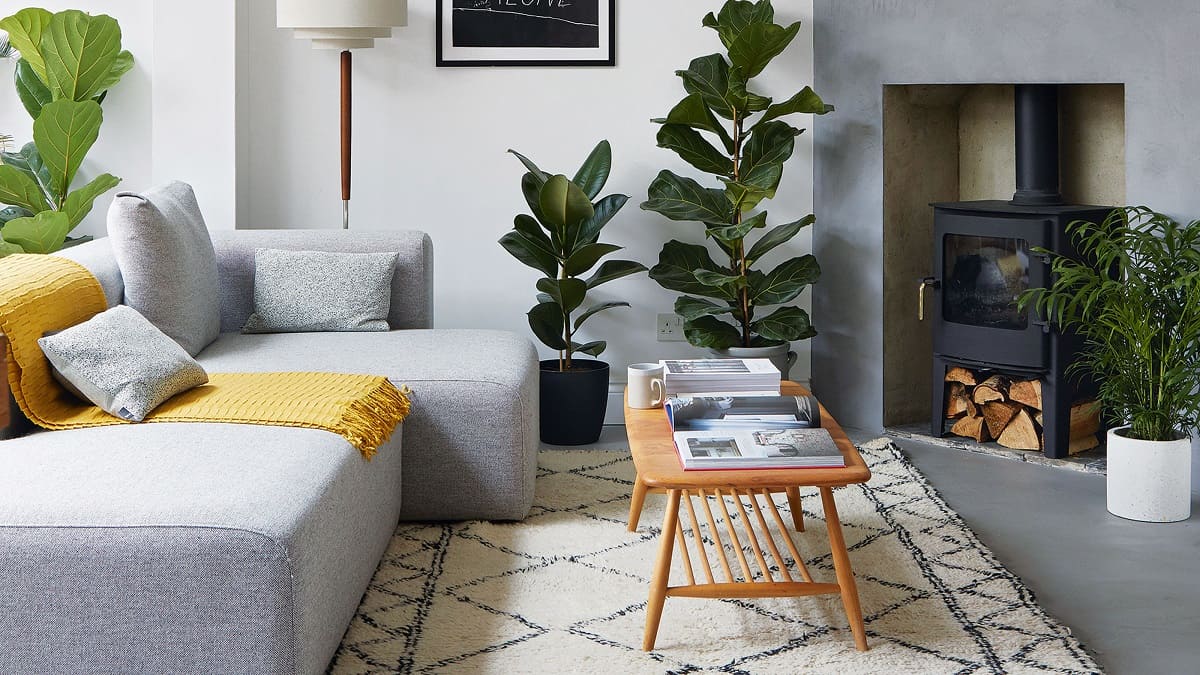
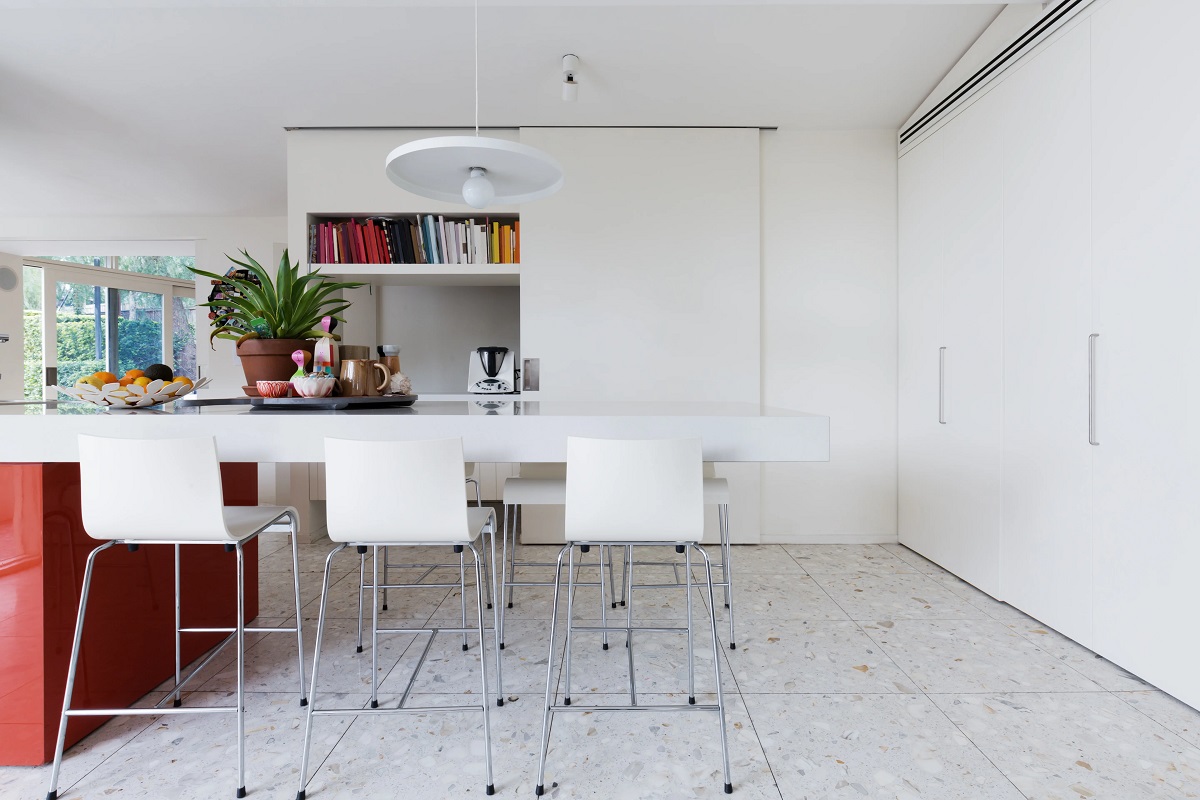
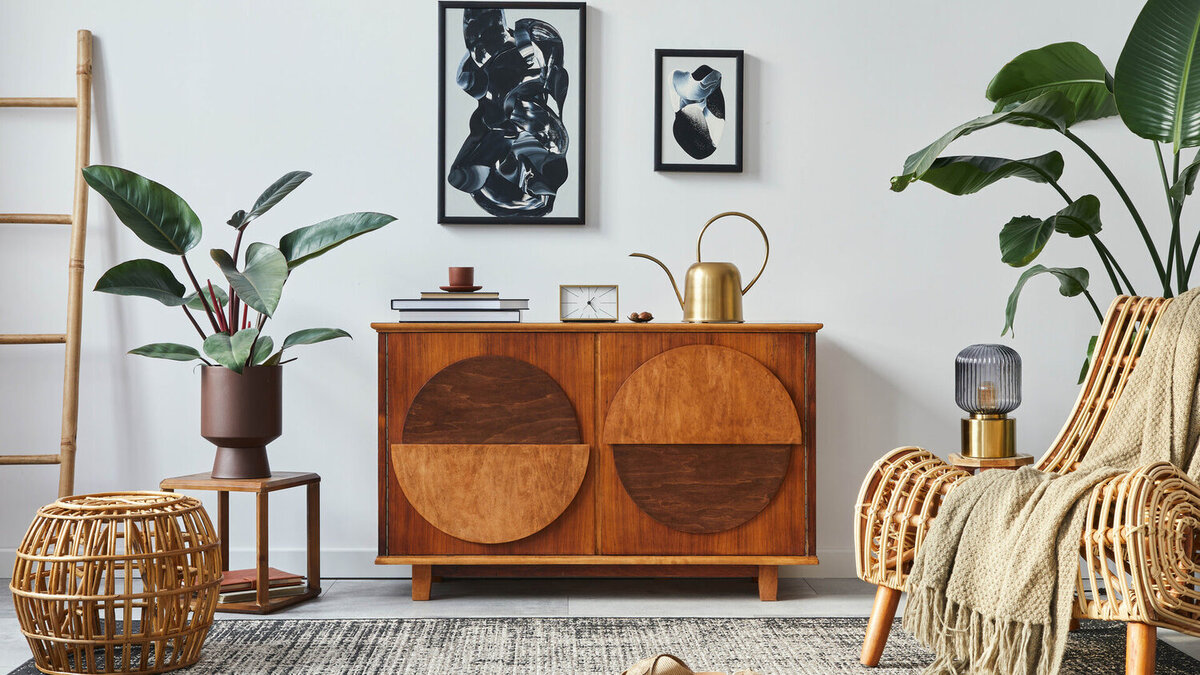
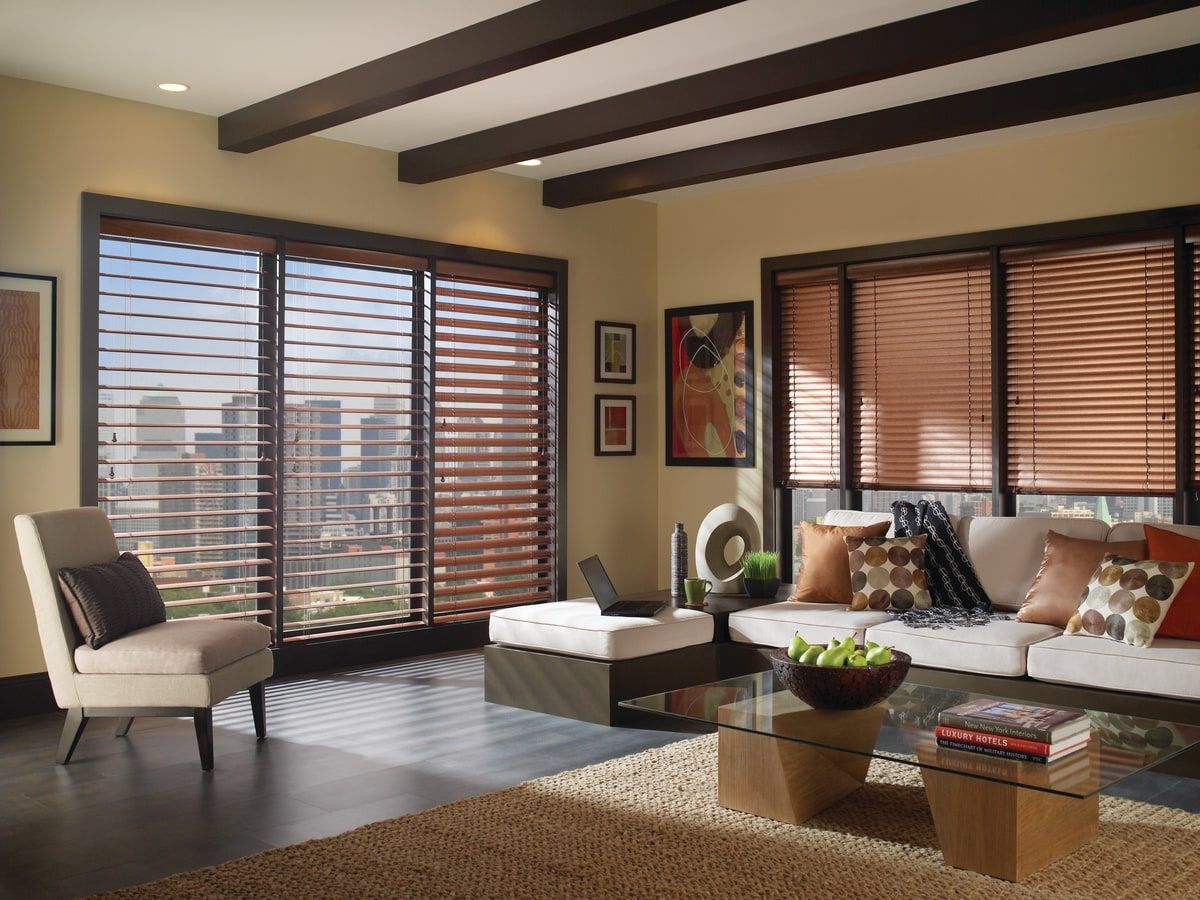
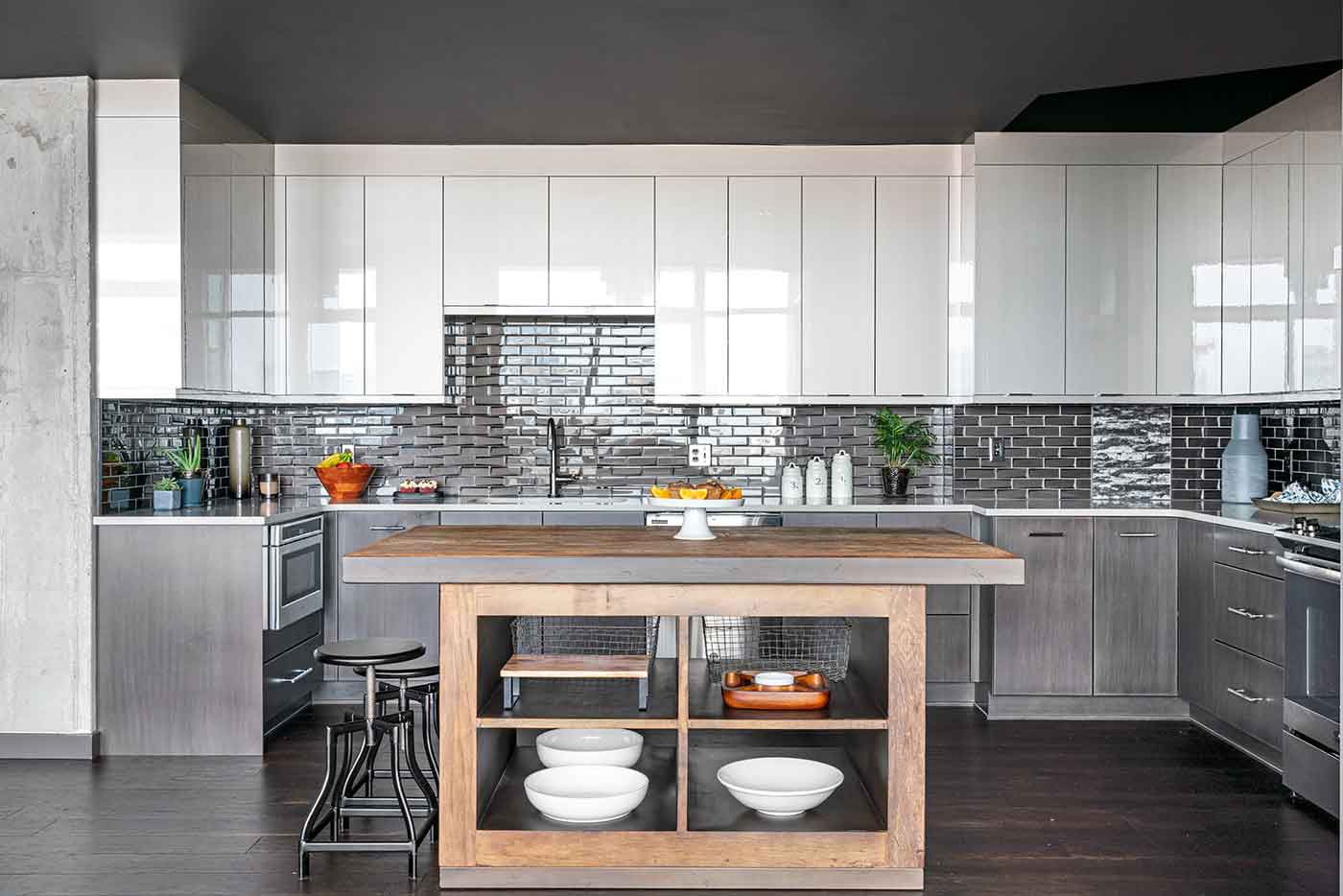
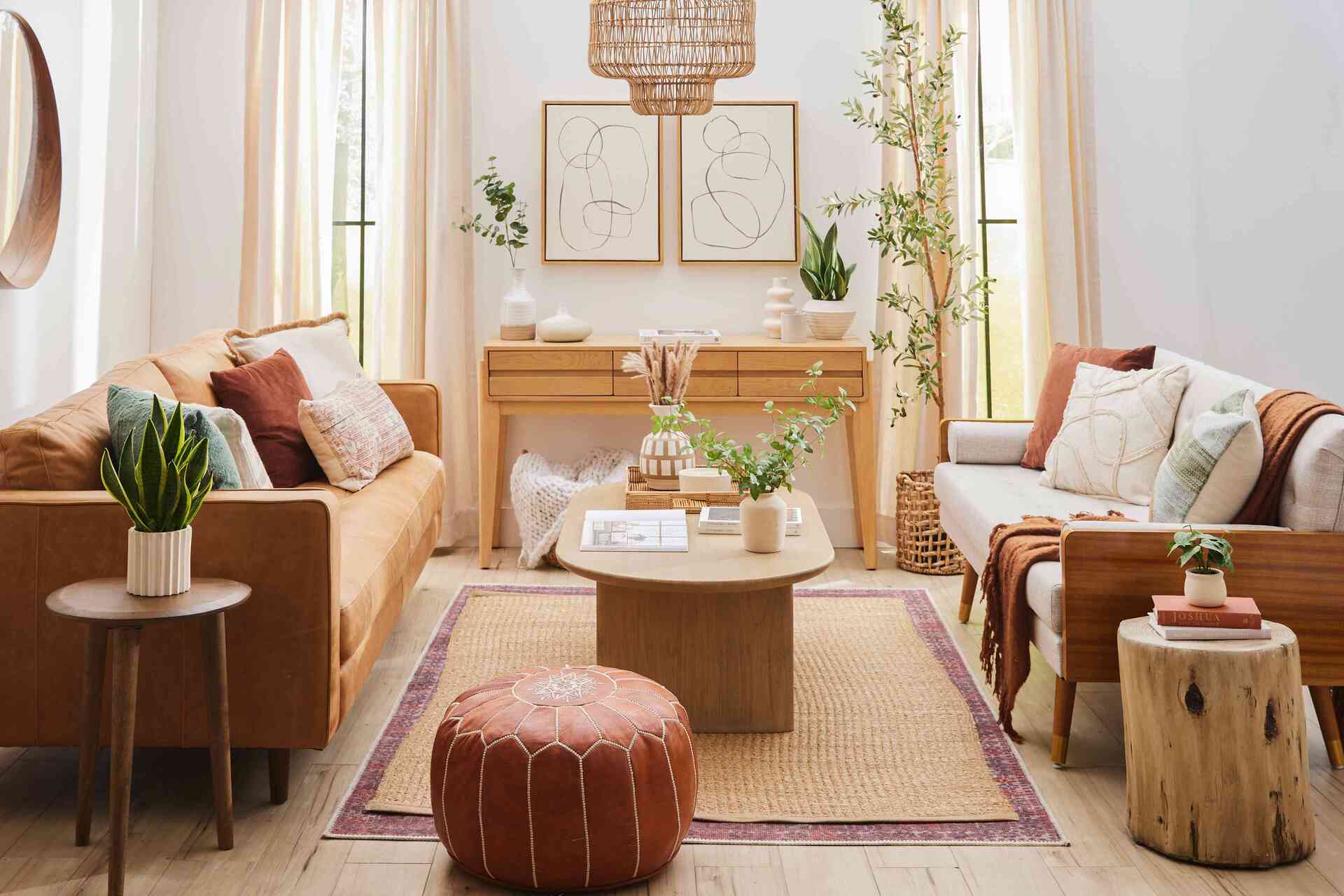

0 thoughts on “5 Living Room Layout Mistakes To Avoid: What To Do Instead”